We deal directly with each tour operator, which means we can guarantee you the best price. If within 24 hours of your booking you find the exact same tour elsewhere for a lower price, let us know and we'll refund you the difference!
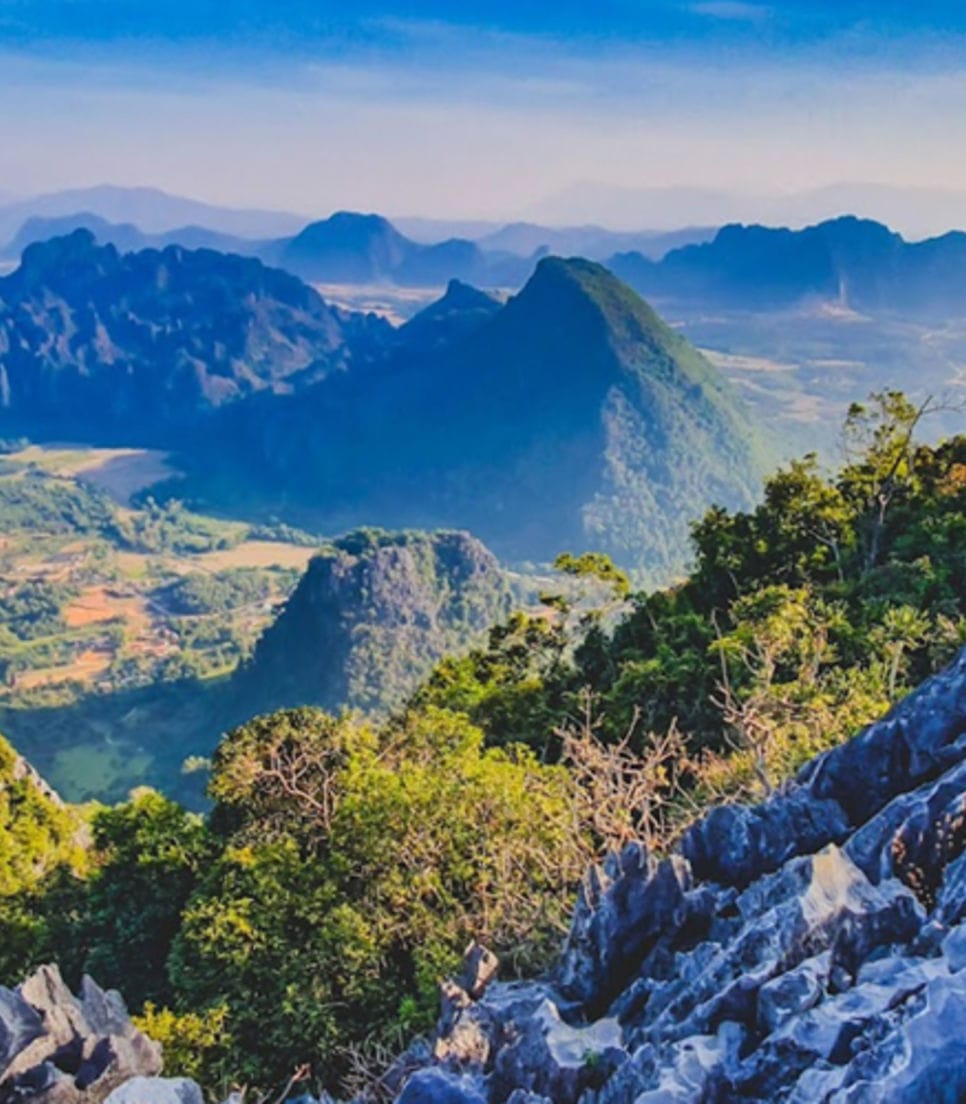
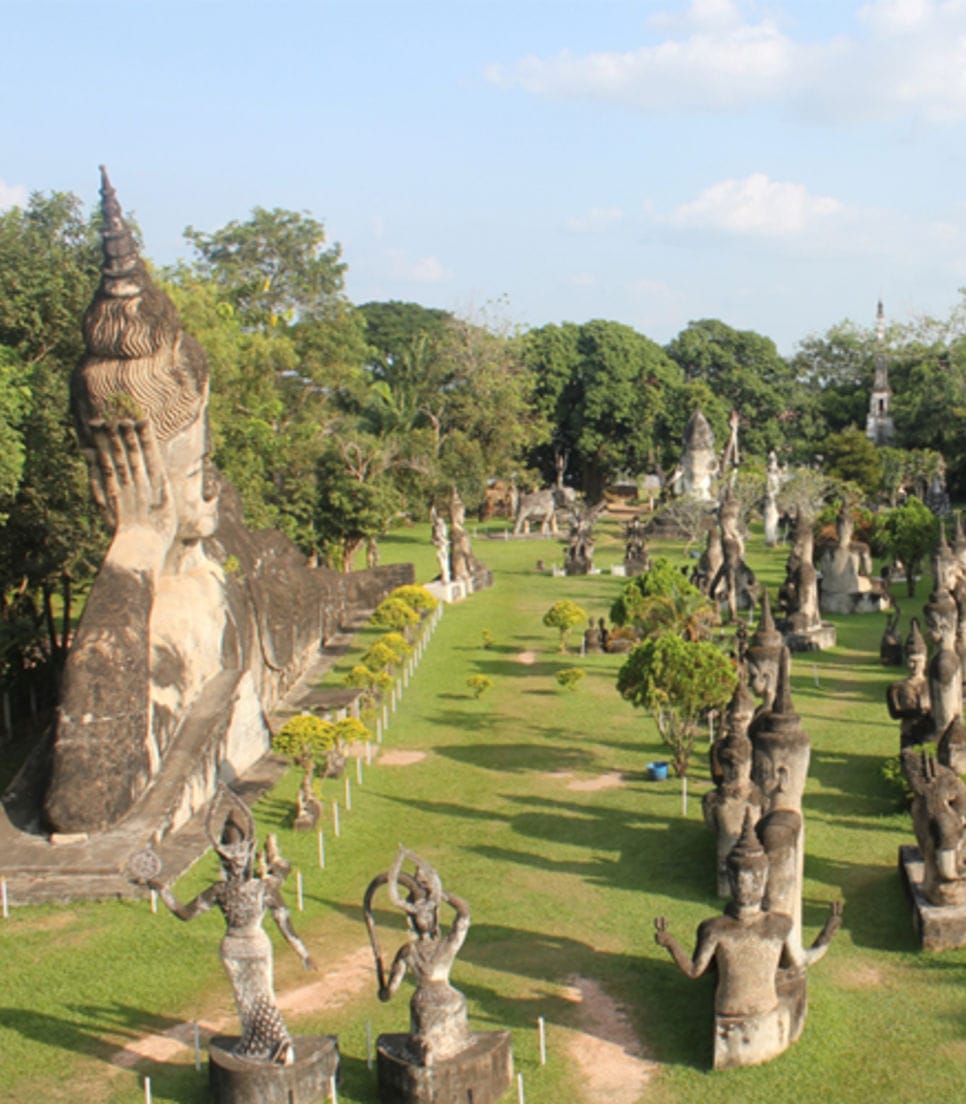
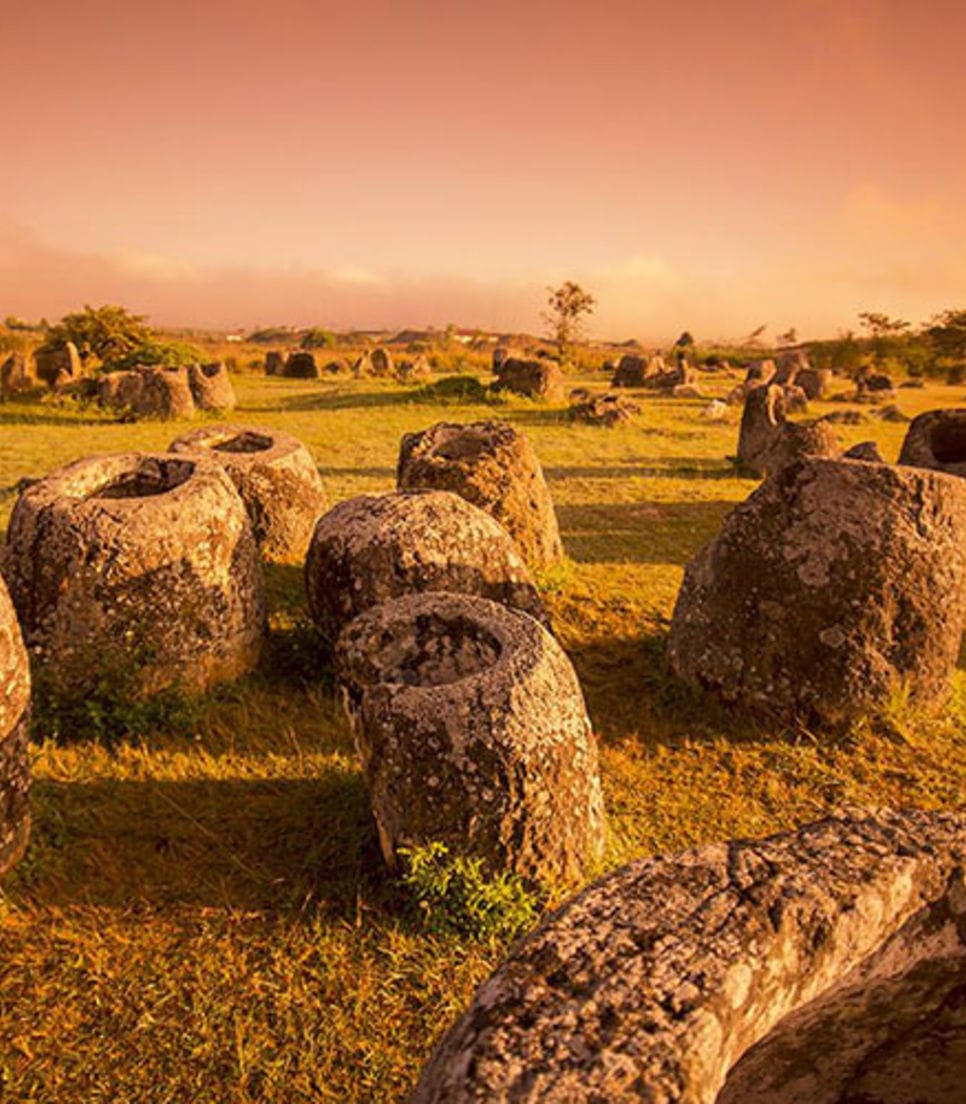
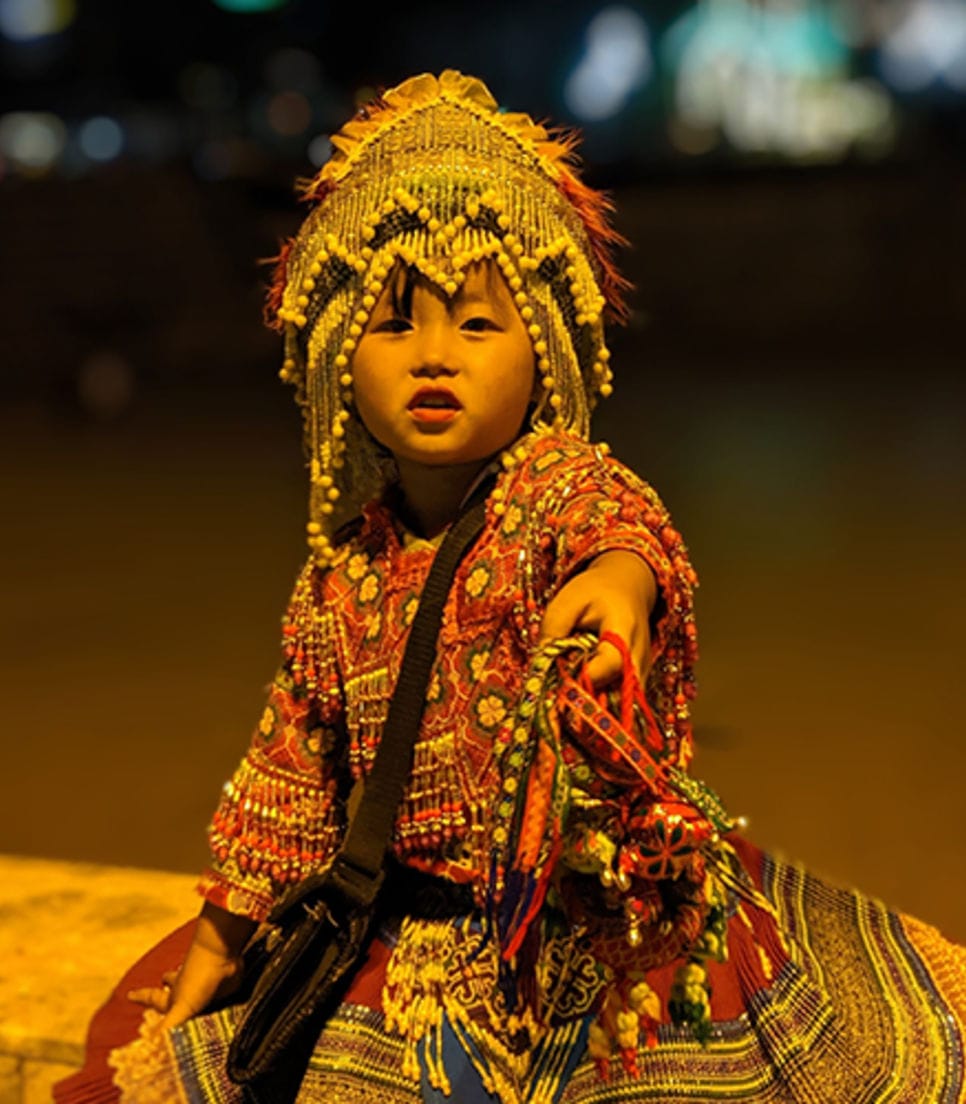
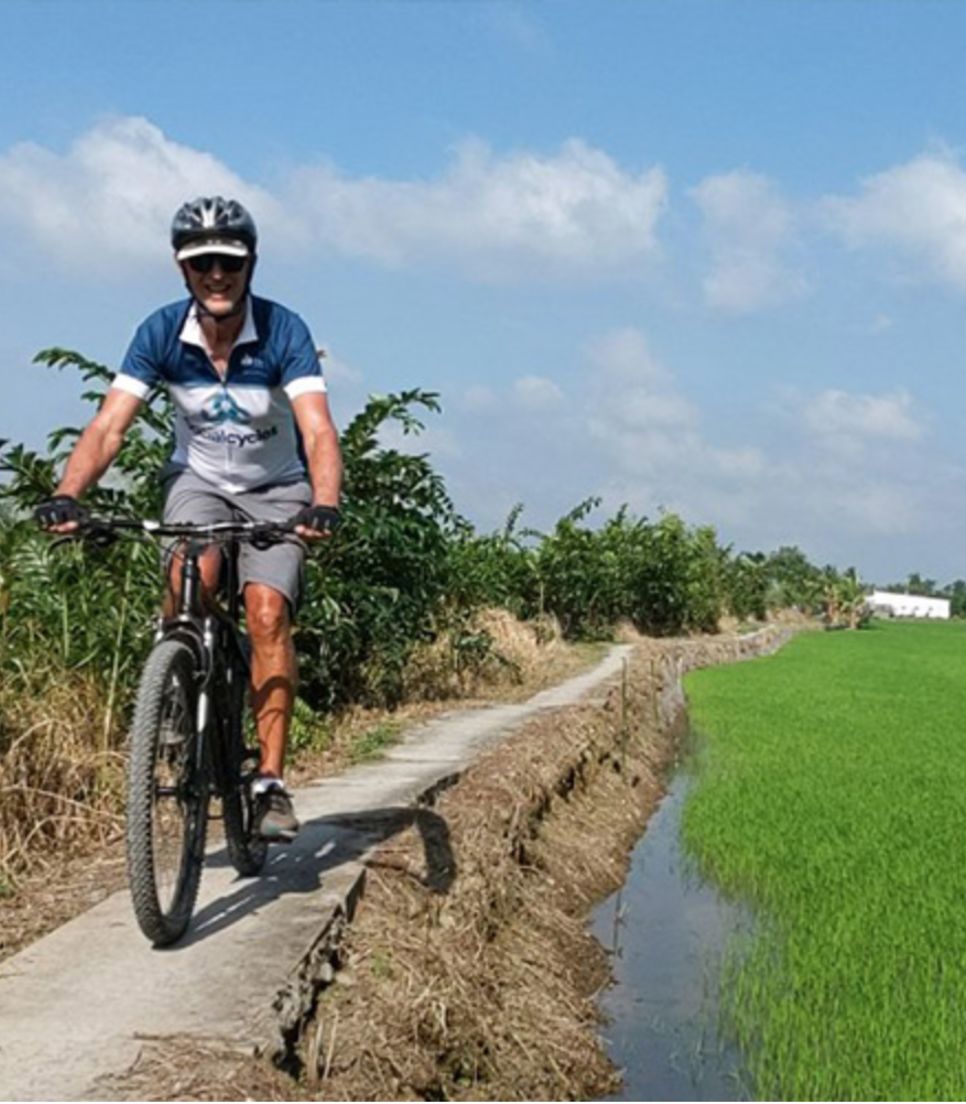
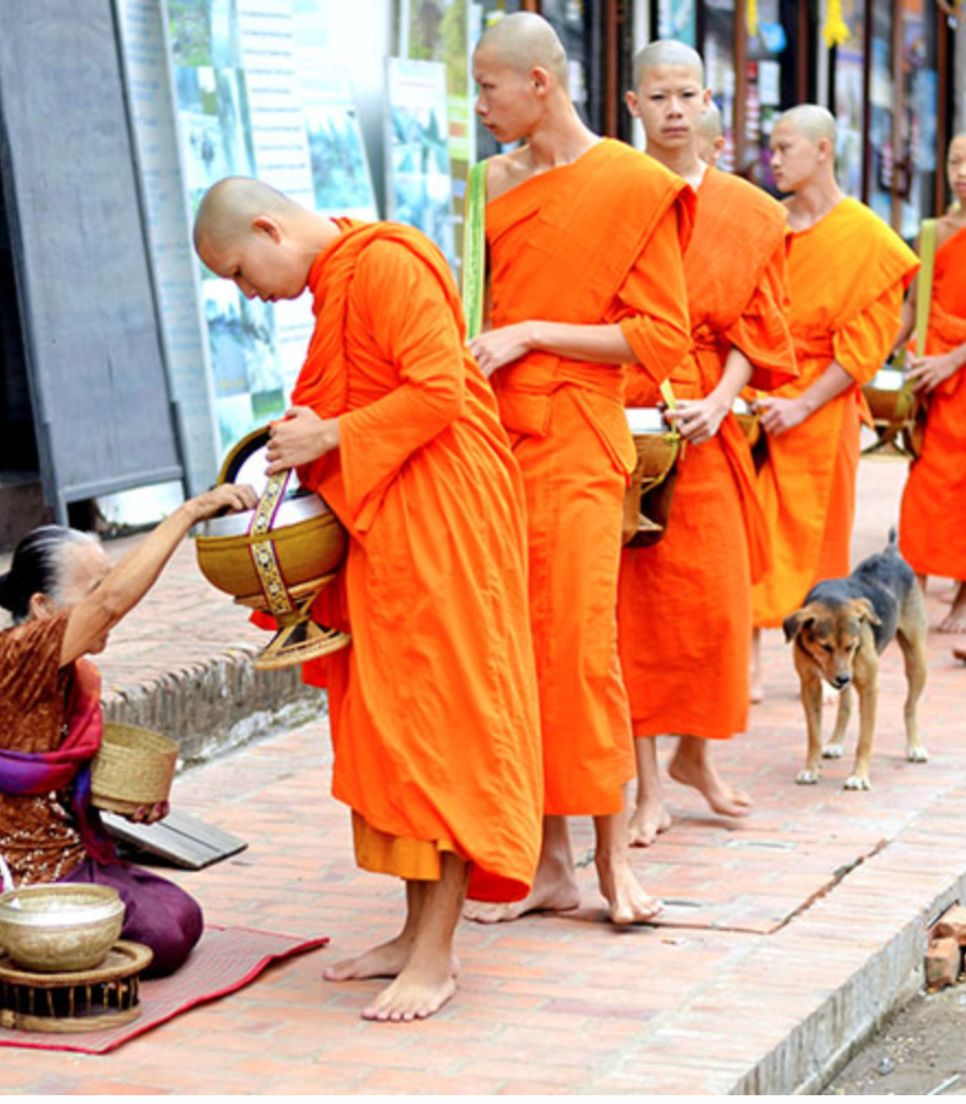
Cycle Laos: Vientiane to Luang Prabang
Ready yourself to cycle almost 370km from Vientiane to Luang Prabang. Laos is an intriguing and evocative Southeast Asian country that has untouched natural beauty and is only being discovered by travelers. Starting in the capital of Vientiane, this 11-day cycling exploration will bring you to colorful markets, refreshing blue lagoons, a sunrise trek or see the Plain of Jars, a UNESCO Heritage Site. This holiday becomes more memorable and purposeful as you visit local NGOs, conservation sites, sanctuaries and dining in social enterprises which support the youth. This is a life-changing getaway not just for you but other people as wel
- CategoryMulti-Activity
- TypeFully Guided
- Duration11 days
- Culture LevelAdventurous
- Skill Level2 - Novice
- Activity Level3 - Active
- Elevation2 - Moderate
- TerrainMixed
- Distance229.9 miles
- Avg. Daily Distance31.1 miles
Where does the tour start and end? What about visas?
The tour starts in Vientiane and ends in Luang Prabang, Laos.
Fly into Wattey International Airport (VTE) in Vientiane and the tour operator will meet you there with a transfer to the hotel.
Fly out of Luang Prabang International Airport (LPQ). An airport transfer on departure is not included in the tour price but the tour operator can arrange this for you if you'd like.
ARRIVAL
In Vientiane, you’ll need to get your visa. Visas for Laos can be obtained on arrival at the airport. Follow the signs once you arrive to get this. You’ll need to pay in cash, and USD is best for this so it’s worth having some handy before you arrive. The price is anywhere from US$30 to US$42 depending on your nationality.Then, proceed downstairs to collect your luggage before exiting to the arrivals hall. After collecting baggage, you may be asked by customs officials to screen your luggage in a machine before exiting and/or check your luggage tags against the corresponding labels that you were given when checking in, to make sure you have taken the correct bags.
DEPARTURE
• Check-in 2 hrs prior to flight time is ample for all international flights
• There is no departure tax to pay (all taxes are included in ticket prices)
• Fill in a departure card and hand in at passport control counters after going through security
• There are shops and cafes in the departure area near the gates. Boarding announcements are made in English for all flights.How long is the tour? How many days cycling?
The tour is 10 days long and there are 8 days of cycling.
What's the food and drink like? What about allergies/dietary requirements?
What’s the food like in Laos?
Sticky rice, fresh vegetables, mountains of fresh herbs, fish and meat, fish sauce, chilli, spices, fruit and more sticky rice… one of the wonderful features of the Lao diet is the almost complete absence of processed foods. Ironically, it’s the poor economic status of this small, landlocked South-East Asian country that has kept its cuisine fresh, vibrant and healthy for hundreds of years. Lao’s culinary offering includes universal hits, like steamed fish in banana leaf and pork laap salad, alongside options for the adventurous eater, such as duck’s blood salad. At dinners, we’ll order a variety of local specials and eat ‘family style’, ensuring everybody gets to try as much as possible!
Vegetarians and Vegans?
Not into the idea of duck’s blood salad? That’s no problem. There’s a huge variety of vegetarian local specialties available and there will always be vegetarian dishes on the table at every meal. If the majority of the group are vegetarian, it will be reflected in the food on the table.
Dietary requirements?
If you have any dietary requirements or allergies, please inform us upon booking the tour. We’ll cater to all dietary requirements as best as possible. Please get in touch with us if you have life threatening allergies.
What’s the deal with alcohol?
There’s plenty of beers around Laos and Vietnam. And a cold beer after a hard day on the bike is pretty inviting! They’re quite cheap too, with some places selling draft beers from as little as 50c. Wine is a little harder to find (good wine anyway) and is closer to Western prices. Cocktails on the other hand are excellent, well made (in the places you'll be taken to) and inexpensive ($5-6). Just be wary that the weather can be a little warm and a couple too many beers or cocktails will knock you about a bit more than usual the next day. Dehydration will have a huge effect and it doesn’t take much to have a hangover. To be honest, most of the time, we’re in bed by 9pm!What should I bring? Are there washing facilities?
Everyone’s packing style is different and everyone has their own travel needs so these are only ideas and there will be gaps! These are merely suggestions and not ‘compulsory’ items.
The most important thing here is to be comfortable. Laos is still relatively conservative and you should address accordingly. You won’t see Lao people wearing revealing clothing and our clothing should be the same. It is disrespectful to wear short shorts and have exposed shoulders around some temples. You'll be guided beforehand though. Shorts, t-shirts and singlets are all fine to wear for everyday use, but please be aware of sun protection. There is no significant difference between what should be worn for men and women. Many people prefer padded shorts to make the ride more comfortable. A Khmer scarf is recommended for sun protection. Jerseys will be provided which have pockets in the back to help you carry your possessions (money, phone etc).
Laundry
Every few days we have a day off the bikes. In almost all of these towns and cities, you will find a place to get your laundry washed. It’s usually $1 or $1.50 per kilo and takes 24 hours.What's the weather like?
High Season
The high season in Laos is from November to March. The temperatures are quite pleasant , although it can be a bit cold in the mountains. You’ll need a jumper and a jacket at imes, especially in the evening. During its ‘coldest’ months (December and January), temperatures can settle at around 17°C and nights and early mornings can be chilly. Once you reach March, temperatures start to rise. This period is largely considered to be the best time to visit, and as a result, can bring in most of the annual tourists within these few short months.
Wet Season
Just before the wet season really kicks in, March, April and May start to really warm up. Not just in temperature, but in humidity too. As a result, the tour operator chooses not to ride in these months. Although it would still be a great time to visit but can be a little taxing when you’re on the bike. By September, the humidity drops and the cycling season starts again. Both September and October are still technically part of the wet season. Further north and in Luang Prabang, rainfall tends to be lighter and you can often expect rain during the night or mornings with some relatively clear afternoons. Across Laos, throughout much of the rainy season, daytime temperatures average around 29°C in the lowlands and 23°C in the mountain valleys.Can you give me some information about safety and medical advice?
The tour operator takes your safety extremely seriously and ensures that all the activities they host have been assessed in regards to health and safety aspects, from cycling routes to where you will eat. Saying that, they’re not there to hold your hand the entire time and you will have to assume general common sense in Laos. They recommend exercising a little more caution than if you were back home. For example, they wouldn’t advise getting drunk in any of the cities as you may be vulnerable to assault or theft. They’d recommend you take extra care when crossing the road as a pedestrian (they’ll be there with you when you’re on the bike and direct the traffic around you). The traffic can be a little daunting. If in doubt, cross with a local. Common sense can go a long way here.
What should I be cautious of?
The biggest risk in the larger cities is ‘snatch and grab’ crime, where a passing motorbike may snatch your phone or bag off your shoulder. This is more common in the lead up to national holidays. To prevent or minimise your chance of becoming a victim, use your headphones whilst making a phone call on the street. If you’re using your phone as a camera, ensure you look around first and hold onto your phone tightly. Take your photos quickly and be vigilant of those around you. When walking with your bag, have the strap over your opposite shoulder. Be wary on crowded trains and in markets.
How can I find out more?
Due to the amount of positive experiences the tour operator has had in Laos, they admit they can sometimes see it through rose coloured glasses. To keep in check, they refer to the safety guide produced by the Australian government. It is based on fact, not hysteria. Laos is currently rated as green. Which means exercise general safety precautions. Other countries with the same level are New Zealand, Samoa, Canada, UK etc.
First Aid
Medical facilities in Laos are basic, outside of major cities. There are international standard hospitals in all the major cities on route. The tour operator assumes you are in good health and have a sufficient level of fitness to complete your chosen tour. It is very important that any illness, disability or medical condition that you suffer or are recovering from, have been brought to our attention at the time of booking. Please make sure you have informed your insurance company of any existing conditions to provide adequate cover.
If you are taking medication, please bring your own adequate supply, as you will probably not be able to obtain suitable medication en-route. Each vehicle has a basic first aid kit but you may also like to bring your own small medical supply for minor wounds etc. The tour operator is not permitted to administer medicine or drugs so if you suffer from a bad back, travel sickness, hay fever or headaches etc please bring your own supply of medicine. You may also want to consider including a generic antibiotic such Amoxicillin.
Is the cycling dangerous?
At first impressions, the volume of traffic in the cities looks like utter chaos! It is in fact, a beautiful mess that really works. All the cities in Asia have a much greater amount of motorbikes than they do cars. As a result, the relationship between bikes and cars is very good, unlike Australia for example. There is little to no road rage, and as a result, the riding is a lot more peaceful than it may first appear! The vast majority of the cycling though is on remote back roads between rural villages. You don’t take any highways and never share any roads with fast moving traffic. There will be a support van on hand at all times to give you a ride if there is a particular section that you don’t feel comfortable with. To date, every rider has felt that the riding in Laos is safer than the conditions in Australia.Can you tell me about the bathroom facilities?
Toilets in Asia are generally squat toilets. However,all the hotel rooms we stay in have a Western style toilet and a private bathroom. Local restaurants and homes will all have squat toilets.If you’re not used to this style, it can be a little daunting at first. If you’re really not comfortable with this, or your knees just aren’t what they used to be, it’s worth waiting to the next Western style toilet. Just be aware before you leave the comfort of the hotel!
Toilets On The Road
If you’re on the road and you suddenly need to use a toilet, just let the local guide know and they’ll find a family home that can host you for a few moments. The community lifestyle in rural villages makes this incredibly easy, but the local assistance from the team is essential. Bring toilet paper or tissues with you, but use a bin instead of flushing down the squat toilet, as the system cannot take it and you may end up blocking their drains.
Toilet Paper
The Asian style of toilet does not usually have toilet paper with it. The custom is to use water and your left hand to clean yourself. If this is the first time you’ve heard this, I’d imagine you might be squirming in your seat a little. However, it s commonly considered to be a cleaner method than the Western style. Think of it like this…. if you were sitting in a park and as you sat down on the grass, you put your hand in dog shit. Would you A) wash your hands with soap and water or B) wipe your hand clean with dry paper. It’s obvious, but just another way of thinking. If you’re not comfortable washing, then you’re welcome to bring toilet paper with you.How much money should I bring? Should I bring cash?
There’s plenty of opportunities to get money out from an ATM in Laos, although you’re likely to be stung with about US$5-6 of fees every time you withdraw cash. It’s pretty much a cash economy in all the places you’re likely to spend money. The only places that take card payments are bigger establishments, such as hotels and bigger restaurants (all of which are paid for as part of the tour).
Budgeting
So the obvious next question is, how much should you bring with you? It really depends on what your movements are outside of the tour. You’ll need to budget $150 for the NGO donation (optional), and about $20-$80 for any hotels you might be staying in before or after the tour. Meals are anywhere from $2 to $10 and transport is cheap. For the actual tour itself, you should budget around $200 (plus visa, tip (US$100 optional) and donation). This will cover meals outside of the itinerary, souvenirs and other personal expenses. And you’ll have money left over to bring home.
Changing Money
You can bring in all major currencies. this includes Australian & New Zealand dollars, Euros, British Pounds and of course, American dollars. There are money exchanges in all the major cities but the smaller towns might struggle to exchange anything other that US$.
Currency
In Laos, they operate on the Lao Kip, also known as LAK. It is about 8500 LAK to 1 USD. There are some places that may accept Thai Baht (particularly close to Thailand) and even USD (but mainly bigger establishments).
Tipping
Tipping in hotels and restaurants in Laos is not common. Sometimes there would be a small tip box at the front of some restaurants, should you choose to leave something for exceptional service. The guide and his team work hard to make you’re experience a truly once in a lifetime adventure. If you would like to tip the team, it would be graciously accepted, but certainly not expected. The amount is always hard to suggest as it is always a personal gesture and different amounts mean different things to different people. Previous riders have tipped the team anywhere from US$50 to $150, depending on the length of the tour.Tell me about the NGO aspect please?
Your money. Your decision. Based on your experience. So far over 6 countries and 22 NGOs, 297 Riders have donated $ 83,233 via the tour operator's rides. (as of Feb 2023)
These numbers change lives. Not only the lives of the beneficiaries involved, but the lives of the riders who have witnessed and learned the complexity of community development in foreign countries. This is your chance to speak to local experts as part of your adventure, as you cycle across the country and gain a true understanding of life outside the tourist bubble.
The tour operator asks for a A$200 minimum commitment from all riders. The money is given directly to the NGOs that are chosen by you. All of it. No bank fees, no commissions. The group from every tour engage in a ‘Donation Debate’ on your last night together. You'll discuss what impressed you, confused you and inspired you. As a group, you’ll make a decision as to how you’ll divide the total money. It’s your money and your experience. It can, and will, go to whatever NGO touched you the most.On this tour the NGOs you will visit are Friends International, Lone Buffalo Foundation and Quality of Life Association.
Friends International are leading the charge in the ‘ChildSafe’ movement and the ‘Think Families, Not Orphanages’ campaign. Friends International have a restaurant in Luang Prabang, which makes for a great introduction to Laos. Their programs of ‘Saving Lives’ and ‘Building Futures’ have been used as templates all over the world.
Lone Buffalo Foundation are committed to improving opportunities for young people through English study and football coaching. LBF aims to enhance the opportunities for careers in the business and tourism sectors for Phonsavan’s young people.
Quality of Life Association provides support to UXO victims, people with disabilities and UXO affected communities in Xieng Khouang province, Lao PDR.Do I need travel insurance?
Travel and medical insurance is mandatory for all clients. It is one of the most important criteria for anyone who travels and in the very unlikely event that an emergency occurs your insurance must deliver.
What having an insurance policy actually means in practise if someone does get sick:
• You can get 24-hour medical support from the insurance company doctors
• If treatment or a hospital visit is required, the insurance company will ensure that this is at the best local facility
• They would provide all necessary assistance (for example, sending someone with you to the hospital to help with any language difficulties).
• You must be adequately insured for medical and health cover – in case of a sudden illness or injury. Your insurance policy should also cover 24-hour emergency service and assistance, hospital fees, lost, damaged or stolen property (the tour operator is not responsible for any loss or damage to personal belongings while on tour). Your insurance policy must cover any necessary extra travel (rejoining tour or repatriation) as well as curtailment and cancellation.
• Insurance provided by standard credit cards does not always provide adequate cover and they suggest that you check your policy. If you do travel with insurance provided through a credit card, the tour operator will need details of the participating insurer, the insurance policy number and emergency contact telephone number. The Bank’s name and the credit card number will not be enough information.
• You must satisfy yourself that your policy covers medical emergencies resulting from any/all of the activities that you propose to undertake during the course of your trip and you should request a full policy document from your insurer if one is not automatically provided.
• If you are from the US and do not usually travel with insurance, you may wish to look at either www.travelexinsurance.com or www.travelguard.com
• Please let us know details of your travel insurance documentation on booking.
This must include:
• The name of your insurance company
• The 24-hour emergency assistance number
• The policy numberIs a bike included?
In Laos, we have a great range of bikes that are designed to deal with the local environment perfectly. The bikes used are either Trek 3900 and/or Giant Rincon mountain bikes. All mountain bikes have a 24 speed gear set to help you get up and down those hills!
You’re welcome to bring your own saddle if you’re slightly nervous about getting a bit sore, or haven’t had the chance to get a lot of saddle time before the ride. Another good option is to bring along a gel seat (cushion). The bikes are fitted with standard pedals. Again, you’re welcome to bring clip ins should you want them. All bikes are fitted with a water cage.
This trip will enable you to experience the real Laos in the most spectacular part of the country. This is not just a cycling tour ... you will enjoy the boat trips that include a fascinating night safari, the side trips to archeological sites and even a hands-on visit to…
This trip will enable you to experience the real Laos in the most spectacular part of the country. This is not just a cycling tour ... you will enjoy the boat trips that include a fascinating night safari, the side trips to archeological sites and even a hands-on visit to a hamlet where spoons are made from ordnance found locally.
This Laos tour was my 3rd trip with [the tour operator]. Based on previous trips I expected and got another excellent tour! The tour went into pretty hilly remote areas. Food was great and plentiful. Backup driver Toh was brilliant. Can't wait for tour no. 4. Thanks Brett.